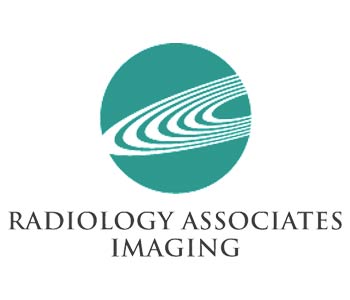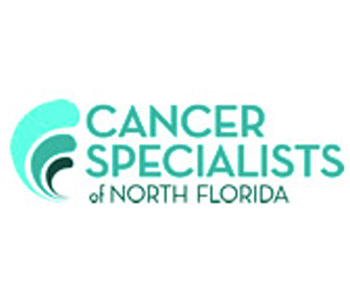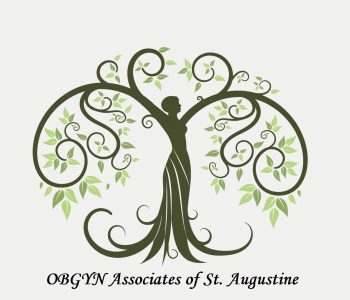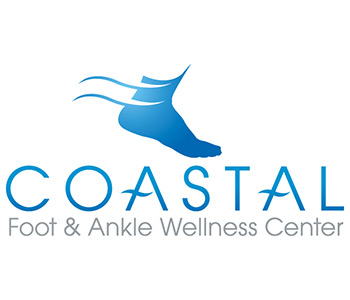
IN THE SHOWER
- Place one hand behind your head as in the figure
- Choose one of the three patterns below:
FINGER PRESSURE
With finger pads of the three middle fingers of the left hand, apply 3 levels of pressure (light, medium, then firm) in overlapping, dime-sized, circular motions to feel entire breast tissue, including underarm. Check for lumps or thickening. Repeat exam on left breast, using finger pads of right hand.
LYING DOWN
- Place a pillow or a towel under your right shoulder and your right hand behind your head.
- Using your left hand, follow the same technique as in the shower. Then lower right arm slightly and with the left hand, check the underarm.
- Repeat on the other side, using your right hand to check left breast and underarm.
- Check for lumps, knots, or thickening.
BEFORE A MIRROR
- Inspect both breasts for anything unusual, such as any discharge from the nipple, puckering, dimpling, or scaling of the skin.
The next 2 steps are designed to emphasize any change in the shape or contour of your breasts. You should be able to feel your chest muscles tighten while doing these steps.
- Watch closely in the mirror, clasp hands behind your head and press hands forward.
- Next, press hands firmly on hips and bow slightly toward your mirror as you pull your shoulders and elbows forward.
COMPARABLE-SIZE LUMPS FOUND BY MAMMOGRAPHY AND BREAST SELF-EXAM
 INFORMATION FROM THE NATIONAL BREAST CANCER FOUNDATION
INFORMATION FROM THE NATIONAL BREAST CANCER FOUNDATION
If you have a grandmother, mother, sister, or daughter who has been diagnosed with breast cancer, this does put you in a higher risk group. Baseline mammography should be considered to begin ten years before the age of a breast cancer diagnosis in immediate (mother, daughter, sister). Significance of family history should be discussed with physician. See your physician at any sign of unusual symptoms.
Taking a few minutes to do a breast self-exam a minimum of once a month can make a lifetime of difference. Nearly 70% of all breast cancers are found through self-exams and with early detection the 5-year survival rate is 99%. If you find a lump, schedule an appointment with your doctor, but do not panic – 8 out of 10 lumps are non-cancerous. For additional peace of mind, call your doctor whenever you have concerns.
THE BEST WAY TO FIGHT BREAST CANCER IS TO HAVE A PLAN THAT HELPS YOU DETECT THE DISEASE IN ITS EARLY STAGES
AN EARLY BREAST CANCER DETECTION PLAN SHOULD INCLUDE:
Beginning at age 20: Performing breast self-exams and looking for any signs of change.
Age 20 to 39: Scheduling clinical breast exams every three years.
By the age of 40: Having a baseline mammogram and annual clinical breast exams.
Ages 40 and older: Having a mammogram every year.
Platinum Sponsors







